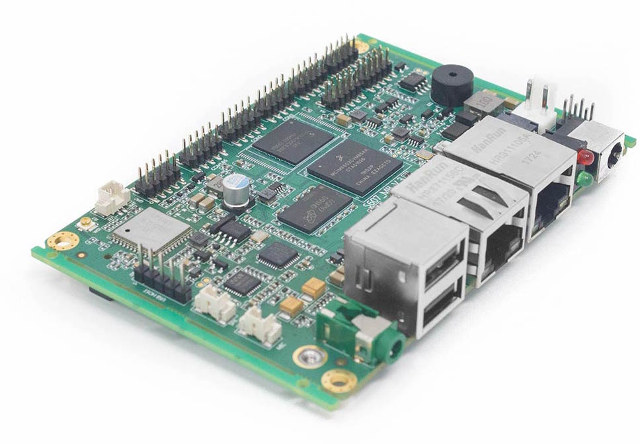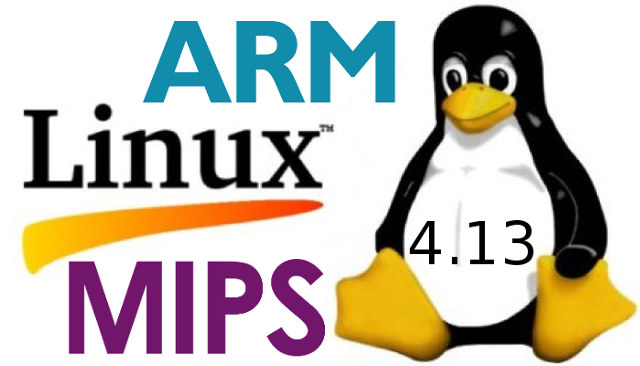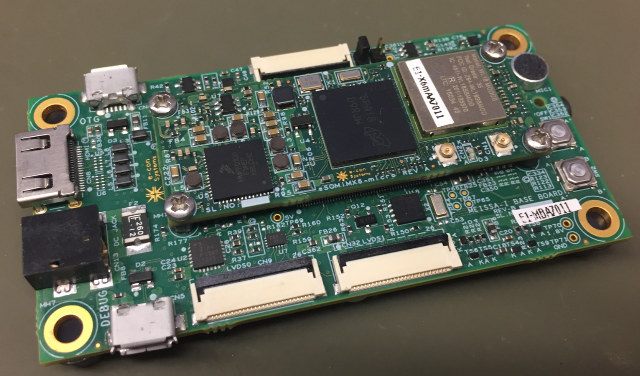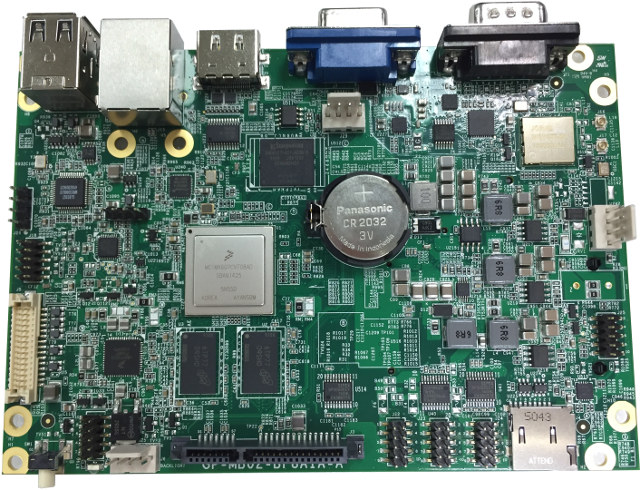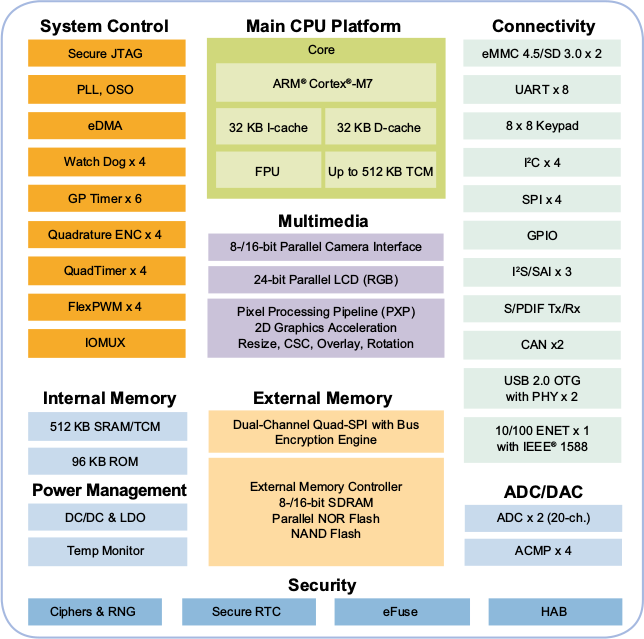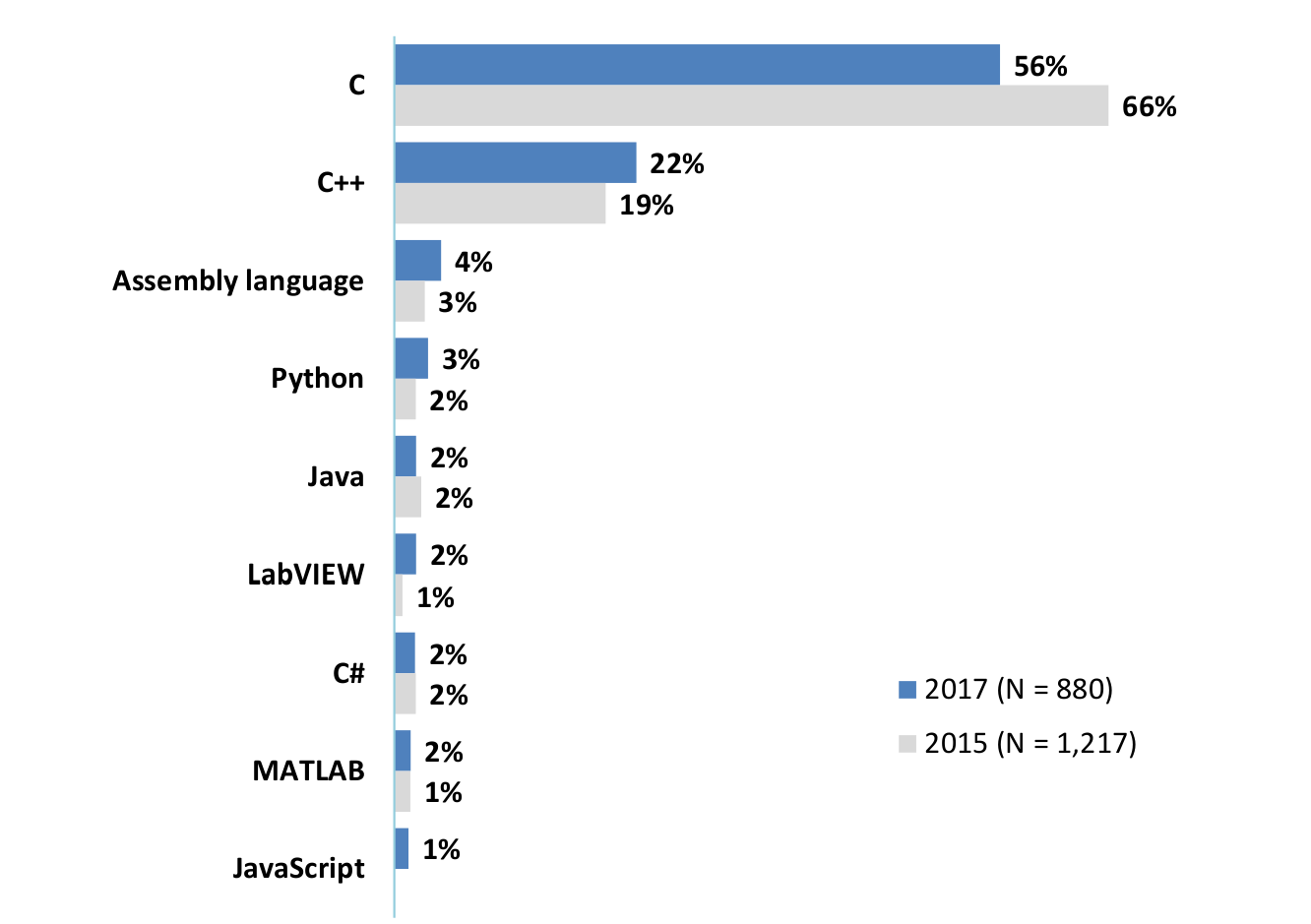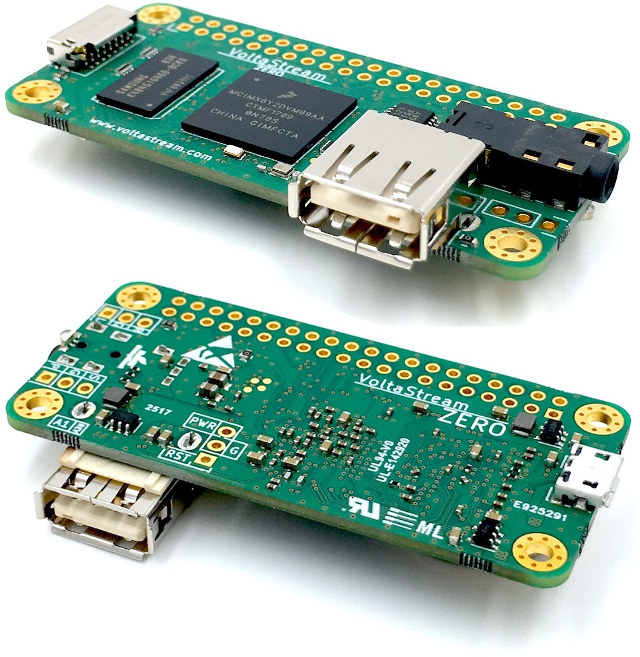Habey USA has sent out an email to announce their EMB-2200 industrial grade Pico-ITX board powered by NXP i.MX6UL processor with up to 512 MB DDR3, WIFi and Bluetooth, optional PoE support, LCD interface, etc…, and designed for IoT gateways, HMI applications, and other embedded applications. Habey EMB-2200 board specifications: SoC- NXP i.MX 6UltraLite single core ARM Cortex-A7 processor at 528/696MHz System Memory – 128, 256 or 512MB RAM Storage – Various options of eMMC, iNAND or SLC NAND flash (Default: 8GB eMMC flash) Display – 1x 24-bit Parallel LCD (RGB) interface up to 1366×768, 4-wire touch interface Audio – 1x 3.5mm Line OUT jack Connectivity – 2x 10/100 Mbps Fast Ethernet ports, WiFi and Bluetooth module USB – 2x USB 2.0 ports I/Os – 5x RS-232 header, 2x CAN Bus, 2x USB2.0, 1x USB OTG Configurable GPIO, SPI, I2C Expansion – 1x full-size mini-PCIe with USB connection for cellular […]
Linux 4.13 Release – Main Changes, ARM & MIPS Architectures
Linus Torvalds has just announced the release of Linux 4.13 and a kidney stone…: So last week was actually somewhat eventful, but not enough to push me to delay 4.13. Most of the changes since rc7 are actually networking fixes, the bulk of them to various drivers. With apologies to the authors of said patches, they don’t look all that interesting (which is definitely exactly what you want just before a release). Details in the appended shortlog. Note that the shortlog below is obviously only since rc7 – the _full_4.13 log is much too big to post and nobody sane would read it. So if you’re interested in all the rest of it, get the git tree and limit the logs to the files you are interested in if you crave details. No, the excitement was largely in the mmu notification layer, where we had a fairly last-minute regression and […]
Save Power, Hibernate Your Embedded Linux System
This is a guest post by Tharma Rajan G, Project Lead, e-con Sytems. What is the best way to save power consumption of your embedded Linux system? Is there any way to save max power and resume operation ? Yes. It is ‘hibernate’ mode, one of the Power Modes in Linux. This article talks about how we utilized this ‘hibernate mode’ in our Reference Platform Kit Meissa-I with eSOMiMX6-micro SOM. Meissa-I is a dual board solution that features eSOMiMX6-micro Computer on Module & carrier board. Meissa-I development board runs Linux and Android Marshmallow (under development). eSOMiMX6-micro is based on Dual/Quad core ARM CortexTM-A9 based CPU @ 800MHz/Core. It has 1GB LPDDR2 and 4GB eMMC FLASH (expandable upto 32GB). The eSOMiMX6-micro module also has the Wireless LAN and Bluetooth module. Linux Power Modes Power Management is a key feature in embedded Linux system and there are two types for implementing the […]
Purism Librem 5 Open Source Linux Smartphone Focuses on Privacy (Crowdfunding)
Purism is computer manufacturer founded in 2014 whose mission is to “provide the highest quality hardware available, ensuring the rights of security, privacy, and freedom for all users”, and so far, they’ve delivered several Intel Core i5/i7 laptops running their PureOS Linux distribution based on Debian with an emphasis on privacy protection. The company has now launched a crowdfunding campaign on their own website to develop and manufacture Librem 5 Linux smartphone with the same philosophy. The phone will use open source software even for the GPU, so the company currently selected i.MX6 for the project since they can use etnaviv open source driver for the Vivante GPU, but they hope to switch to the more powerful i.MX8 processor for the final design, which explains why the hardware specifications are not set in stones yet: SoC- NXP i.MX6/i.MX8 CPU with Vivante GPU System Memory – 3GB LPDDR3 Storage – 32GB […]
NutsBoard Pistachio 3.5″ Embedded SBC is Powered by NXP i.MX 6Dual/Quad Processor
I don’t write about i.MX6 solutions much anymore, since there are so many options available on the market, but Pistachio SBC has been designed by a company I had never heard of before: NutsBoard, and they’ve released documentation and software publicly, which does not always happen in the industrial/embedded space. Pistachio single board computer specifications: SoC – NXP ARM Cortex-A9 IMX6 Quad/Dual @ 800MHz System Memory – Up to 2GB LPDDR3 Storage – 4GB eMMC flash, 1x SATA interface, 1x micro SD card slot Display I/F / Video Output 2x LVDS (6 or 8 bit) 1x 24-bit VGA output 1x HDMI port up to 1920×1080 (FHD) 1x I2C AR1021 touch controller Audio – SGTL5000 audio codec with class D amplifier; 1x audio header for speaker and microphone Connectivity – Gigabit Ethernet (Qualcomm AR8035), industrial grade wireless module (Jorjin WG7833) with dual band WiFi 802.11 a/b/g/n, Bluetooth 4.2 USB – 4x […]
NXP i.MX RT Series Crossover Embedded Processor is Based on an ARM Cortex-M7 Core @ 600 MHz
Microcontrollers (MCUs) provide real-time processing, low power, low cost, and plenty of I/Os, but with security and user interface requirements of recent embedded devices, the processing power may be a limitation, and embedded systems designers may have to use an application processor instead gaining performance, but losing some of the benefits of MCUs. The bridge the gap between performance and usability, NXP has launched i.MX RT series of Crossover Embedded Processor which uses the powerful ARM Cortex-M7 MCU core clocked at up to 600 MHz, a frequency partially made possible by eliminating on-chip flash memory. The first member of the family is NXP i.MX RT1050 with the following key features and specifications: MCU Core – ARM Cortex-M7 @ up to 600 MHz; 3015 CoreMark / 1284 DMIPS Memory – Up to 512KB SRAM/TCM (Tighly Coupled Memory) with response time as low as 20 ns Storage – 96KB RAM; interfaces: NAND, […]
Aspencore 2017 Embedded Markets Study – Programming Languages, Operating Systems, MCU Vendors, and More
Aspencore media group asked readers of their EE Times and Embedded.com websites to fill out an online survey about their embedded system projects. They got 1,234 respondents mostly from North America (56.3%), followed by Europe (25.2%), and Asia (10.6%). This resulted in a 102-page market study which you can download here. I’ve extracted a few slides to have a look at some of the trends. C language is still the most used language in embedded systems, but other languages like C++, Python and even assembly language are gaining traction. Operating system is more spread with Linux being the most used via Embedded Linux distributions, Debian, and Ubuntu. FreeRTOS comes in second place, while Android registers fourth with 13%. Git has finally supplanted Subversion in 2017, with all other version control software losing ground. Switching to some hardware slides, 44% used a development board to start their embedded design with ST […]
VoltaStream ZERO NXP i.MX6ULL Linux Audio Board Follows Raspberry Pi Zero Form Factor
Back in 2013. Philip came with the idea of designing a development board for audio application, and after various experiments with off-the shelf Raspberry Pi boards and audio DACs, he founded PolyVection company, and started designing the board. Forwarding to today, he has completed his work and introduced VoltaStream ZERO to the world, a board based on NXP i.MX6ULL processor with 512MB or 1GB RAM, and a choice of Texas Instruments DAC. It also follows Raspberry Pi Zero form factor, like the upcoming Banana Pi BPI-M2 Zero board. VoltaStream ZERO specifications: SoC – NXP i.MX6ULL ARM Cortex-A7 processor @ 996 MHz System Memory – 512 MB or 1 GB DDR3 Storage – micro SD card slot Audio 1x I2S for integrated DAC, 1x I2S for GPIO access, 1x S/PDIF header / TOSLINK jack Analog DAC – Texas Instruments PCM5121 (106 dB) or PCM5142 (112 dB) USB – 1x micro USB […]

